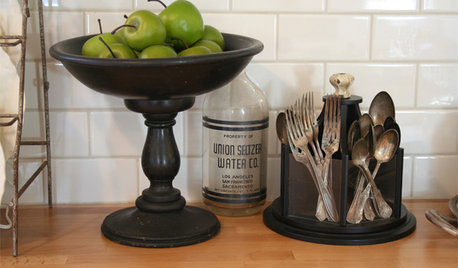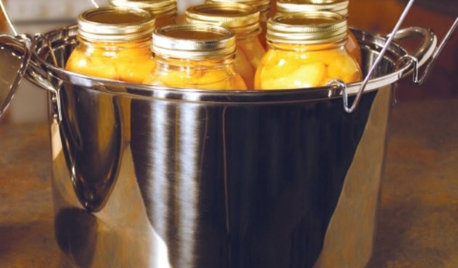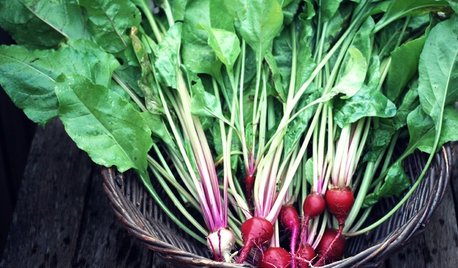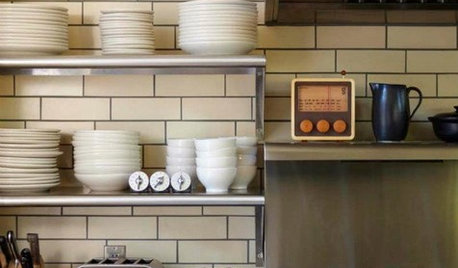Pickled corn on the cob
lisa-regina
16 years ago
Featured Answer
Sort by:Oldest
Comments (13)
ksrogers
16 years agoksrogers
16 years agoRelated Professionals
Windham Landscape Architects & Landscape Designers · Middle River Landscape Architects & Landscape Designers · Edwardsville Landscape Contractors · Fort Wayne Landscape Contractors · Huntley Landscape Contractors · Madera Landscape Contractors · Muttontown Landscape Contractors · Teaneck Landscape Contractors · Tigard Landscape Contractors · Forest Hill Landscape Contractors · Golden Valley Landscape Contractors · Wood Dale Roofing & Gutters · Weston Roofing & Gutters · Chattanooga Driveway Installation & Maintenance · Grand Rapids Driveway Installation & Maintenancecharlenerummell_sbcglobal_net
13 years agoFishfind24_yahoo_com
12 years agobjarami
7 years agowiggins6242
6 years agolucillle
6 years agolast modified: 6 years agodigdirt2
6 years agodigdirt2
6 years agoalbert_135 39.17°N 119.76°W 4695ft.
6 years agoGerald Matheny
3 years agoHU-458212645
3 years ago
Related Stories

SUMMER FRUITS AND VEGETABLESHow to Grow Your Own Fresh, Sweet Corn
Here's how to plant and care for your own mini cornfield
Full Story
KITCHEN DESIGNGet Organized: Rethink the Silverware Drawer
Keep your knives and forks clean and organized with two easy storage ideas
Full Story
PRODUCT PICKSGuest Picks: Canning, Preserving, Steaming, Dehydrating
20 products to help make fall produce last through the season and beyond
Full Story
FARM YOUR YARDIf You Have Room for Only One Summer Crop ...
Get an edible that’s long on flavor even if you’re short on space, with a long-time gardener’s favorite picks
Full Story
GREEN BUILDINGHow to Harvest Rainwater for Your Garden
Conserve a vital resource and save money by collecting stormwater for irrigation in a barrel or tank
Full Story
MOST POPULAREasy Green: 23 Ways to Reduce Waste at Home
Pick from this plethora of earth-friendly ideas to send less to the landfill and keep more money in your pocket
Full Story
EDIBLE GARDENS8 Last-Minute Additions to a Summer Edible Garden
It’s not too late to get these vegetables and herbs planted for a bountiful harvest this year
Full Story
MOST POPULARSimple Pleasures: Savor Summer’s Last Hurrah
Choose from 3 easy celebrations to close summer out in a soul-satisfying way
Full Story
KITCHEN DESIGNCreate Your Own Checklist for a Well-Stocked Kitchen
Personalize the kitchen with your own must-haves from our list of top cooking tools, small appliances, pots, pans and more
Full Story
REMODELING GUIDES5 Ways DIY Remodels Get Derailed — and How to Deal
Keep your remodel on track by knowing the potential pitfalls ahead of time
Full StoryMore Discussions






cathyharris46